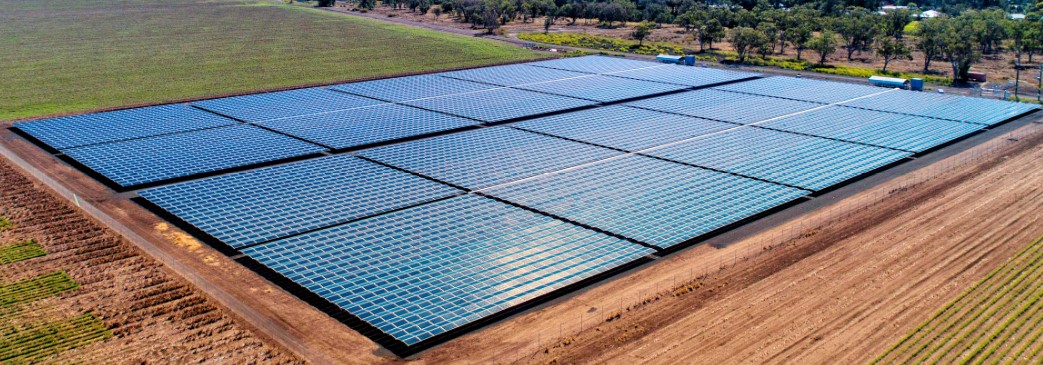As much as $600 billion could be invested in new solar generation between 2021 and 2025 worldwide, AES Corporation estimated, as it announced a strategic investment in Australian solar startup 5B, which is developing a portable, pre-fabricated solar array. “A [solar] project using 5B’s technology can be built in a third of the time when compared with conventional solar,” said Andres Gluski, CEO of AES in a statement. 5B was covered by pv magazine here.
Israel’s Energy Ministry released a plan to spend $23 billion in government and private funding on solar PV by 2030. The country plans to have 30% of generation from solar PV in 2030 — up from 5% now. Somik Das, senior power analyst at GlobalData, comments: “In the Middle East region, Israel has the largest solar PV installed capacity. As of 2019, Israel had a total of 1.8 GW of installed capacity in solar PV, representing 44% of the solar PV installed in the region. Last year, solar PV formed 4.1% of Israel’s total generation. The country plans to have 16 GW of solar PV installed by 2030. Source: GlobalData
One of the largest energy storage projects in the world took two more key steps with the approval of a second phase of the Vistra Energy-backed battery energy storage project. By a unanimous vote, the county Planning Commission approved the Vistra proposal to install a 1,200-megawatt stand-alone lithium ion battery system on a 137.5-acre area at the Dynegy power plant in Moss Landing. The proposal calls for construction of four new two-story buildings totaling more than 390,000 square feet, each housing a 300-MW battery energy storage unit with conversion systems, as well as two substations. Source: The Monterey Herald
Duke Energy is set to construct the company’s first-ever solar facility on a retired landfill site, joining forces with Buncombe County to bring a 5 MW installation to a former landfill in Woodfin, North Carolina. The plant is expected to come online in the second half of 2021 and will produce enough energy annually to power about 1,000 homes and businesses. The project will allow the county to reach nearly 20% of its 100% renewable energy by 2030 goal with locally sourced energy. Source: Duke Energy
This content is protected by copyright and may not be reused. If you want to cooperate with us and would like to reuse some of our content, please contact: editors@pv-magazine.com.








By submitting this form you agree to pv magazine using your data for the purposes of publishing your comment.
Your personal data will only be disclosed or otherwise transmitted to third parties for the purposes of spam filtering or if this is necessary for technical maintenance of the website. Any other transfer to third parties will not take place unless this is justified on the basis of applicable data protection regulations or if pv magazine is legally obliged to do so.
You may revoke this consent at any time with effect for the future, in which case your personal data will be deleted immediately. Otherwise, your data will be deleted if pv magazine has processed your request or the purpose of data storage is fulfilled.
Further information on data privacy can be found in our Data Protection Policy.